Gyeongju Travel
Value-for-Money Gyeongju Tour on Bus No. 10
한국관광의 메카 “Beautiful Gyeongju”가 여러분을 초대합니다.
- “The Golden Line” No.10 travels through all of Gyeongju’s main attractions
- In Gyeongju, even international travelers can ride a bus without difficulty to travel between popular tourist destinations. When the Bus Information System (BIS) was introduced during the second half of 2016, it became much easier to check bus departure and arrival information as well as dispatch intervals using smartphones.When you’re planning on traveling to Gyeongju, there’s one bus you need to remember – Bus no. 10. Bus no. 10, also known as the “Golden Line,” is popular among tourists because it passes through all of the main tourist attractions across the city of Gyeongju. Just hopping on this one bus route can make your Gyeongju trip even better. There’s no reason not to jump on bus no. 10!
Gyeongju introduced the Bus Information System (BIS) during the second half of 2016. The BIS system allows you to check bus departure/arrival information as well as dispatch intervals with your smartphone through its application (“National Smart Bus”).
-
Course Explanation
#travelinggyeongjubybus #MainGyeongjuTravelCourse #OneDayTrip
This tour program features a string of tourist attractions along the bus line no. 10. It's enough for a day trip, however if you’re the type of traveler that prefers a leisurely pace, then the course can be split into two days. The “Golden Line” bus no. 10 runs from Cheomseongdae, Donggung and Wolji, through the Bomun Tourist Complex to Bulguksa Temple. If you travel all the way from the terminal to Bulguksa without disembarking at any bus stop along the route, it’ll take roughly 40 to 50 minutes (exact travel time depends on traffic conditions). The bus comes every 20 minutes, so to avoid wasting time waiting for it (check the real-time bus information using the “national smart bus” application). Also, please note that in the Gyeongju area, transfer discounts apply only when transferring to another bus line. That means, you won’t get be allowed to transfer from bus no. 10 to another bus no. 10 (you will be charged a new full fare). -
Number 10 Bus Information
- Bus Time
- First Bus: 06:00 Last Bus: 21:40 (based on Gyeongju Express / Intercity Bus Terminal departure)
- Bus Interval
- 20 minutes
- Stops at Main Bus stops
-
- Intercity Bus Terminal
- Express Bus Terminal
- Seorabeol Intersection
- Jungang Market
- Gyeongju Station, Post Office
- Wolseong-dong Office, Cheomseongdae, Daereungwon
- Bunhwangsa Temple
- Gyeongju Donggungwon, Bukgundong Pension Village-Bomun Complex
- Gyeongsangbuk-do Culture & Tourism Corporation
- Hilton, The K Hotel, kT Training Center
- Gyeongju World
- World Culture Expo Park
- Folk Craft Village
- Bulguksa Temple
- Bulguk Station
- Unification Exhibition
- Gyeongju National Museum
- Wolseong-dong Office
- Gyeongju Station, Seongdong Market
- Jungang Market
- Seorabeol Intersection
- Express Bus Terminal
- Intercity Bus Terminal
Note: Bus no. 10-1 does not go to Bulguksa Temple, but goes to Gyeongju World, then returns to the terminal
- MEMO!Bus no. 11 runs on the same route as bus no. 10, but in the opposite direction.
- Bus No. 10
- Terminal
- Gyeongju Station
- Cheomseongdae
- Bunhwangsa Temple
- Bomun Tourist Complex
- Bulguksa Temple (Hoe)
- Tongiljeon
- Gyeongju National Museum
- Donggung and Wolji
- Gyeongju Station
- Terminal
- Bus No. 11
- Terminal
- Gyeongju Station
- Donggung and Wolji
- National Gyeongju Museum
- Tongiljeon
- Bulguksa (Hoe)
- Bomun Tourist Complex
- Bunhwangsa Temple
- Cheomseongdae
- Gyeongju Station
- Terminal
- Gyeongju by Bus (no. 10)
#1Cheomseongdae
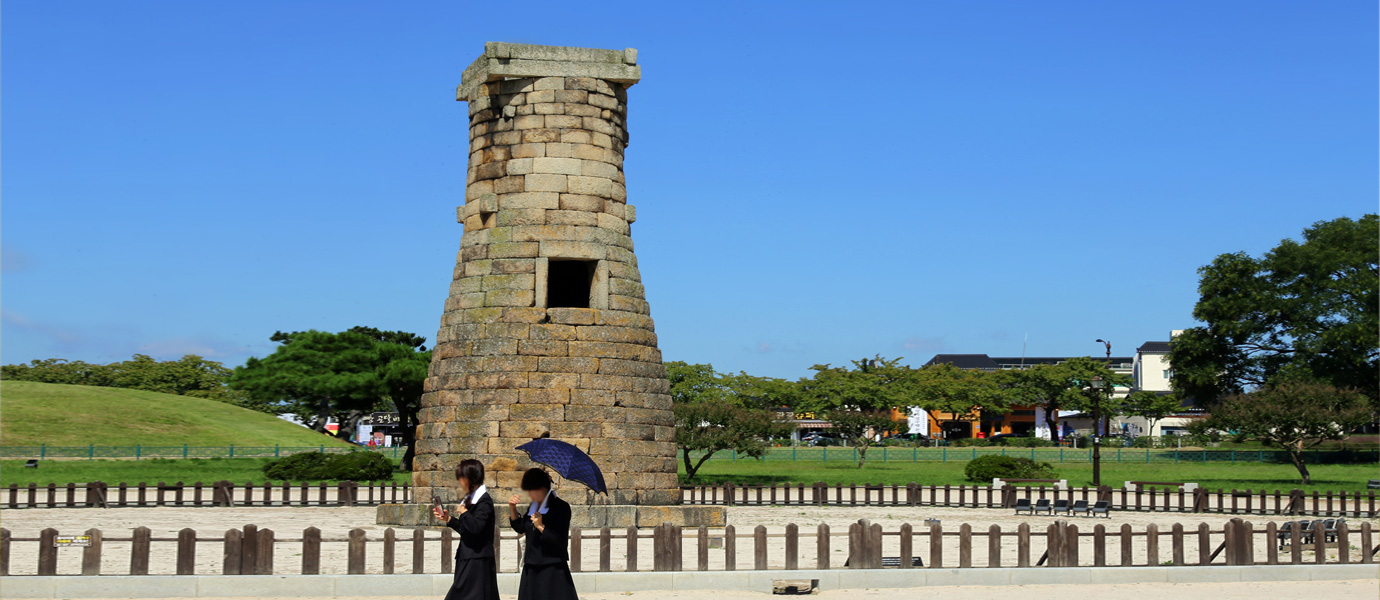
Cheomseongdae is a symbolic cultural heritage and landmark of Gyeongju, which has been preserved since it was built during the reign of Queen Seondeok. It is at the center of the Gyeongju Historic Site’s Wolseong District (UNESCO World Heritage Site), which features historical sites in the downtown area. As you explore Cheomseongdae, you’ll be amazed at the level of sophistication in terms of architecture, science, and technology used to interlock the stones together.
Going to Cheomseongdae by Bus Number 10
- Stop to get off at : Wolseong-dong Community Center (ID: 01-280)
- Distance from Stop : 5-7 minutes
- Location: 839-1, Inwang-dong, Gyeongju
#2Donggung and Wolji
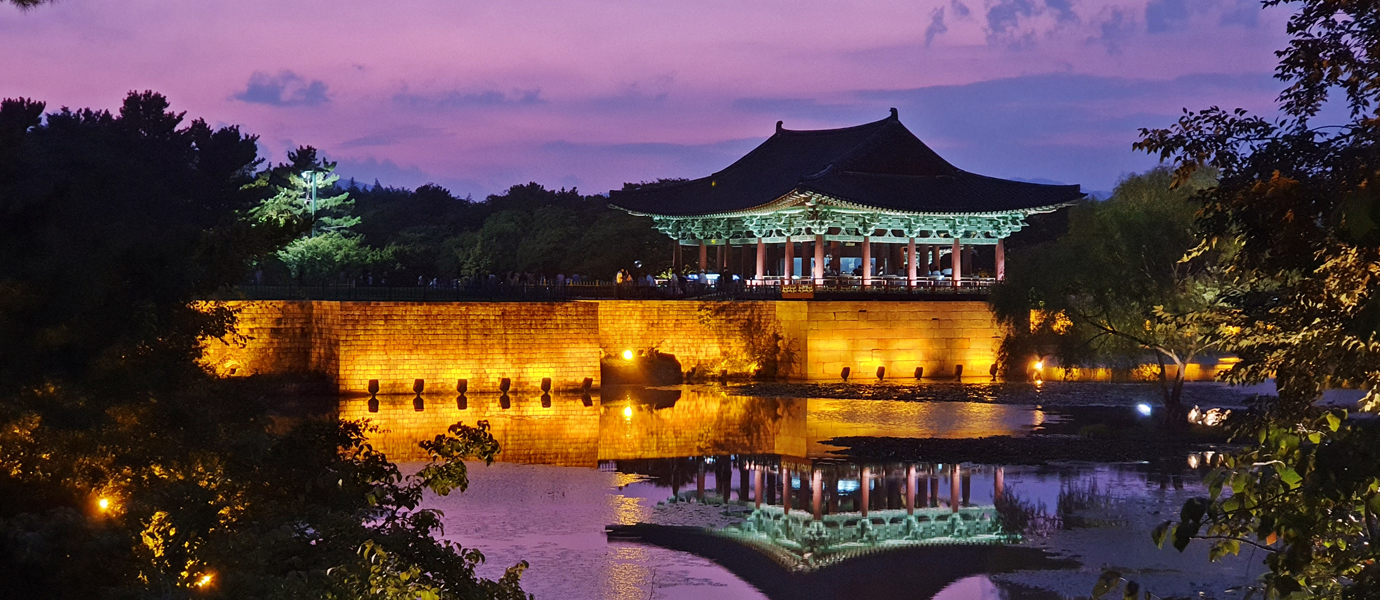
Donggung and Wolji served as the royal palace for princes during the Silla era, and as a venue for banquets hosted for royal retainers and envoys. During the reign of King Munmu, he dug a pond in the compounds of Donggung and planted beautiful flowers and raised rare birds and animals in the pond (Wolji). Donggung and Wolji are often regarded as the best place to enjoy Silla-styled landscaping technique, and home to the most beautiful view at night.
Going to Donggung and Wolji by Bus Number 10
- Stop to get off at: Wolseong-dong Community Center Station (Stop ID: 01-280)
- Distance from Stop: 8-10 minutes
- Location: 102, Wonhwa-ro, Gyeongju-si
#3Bunhwangsa Temple
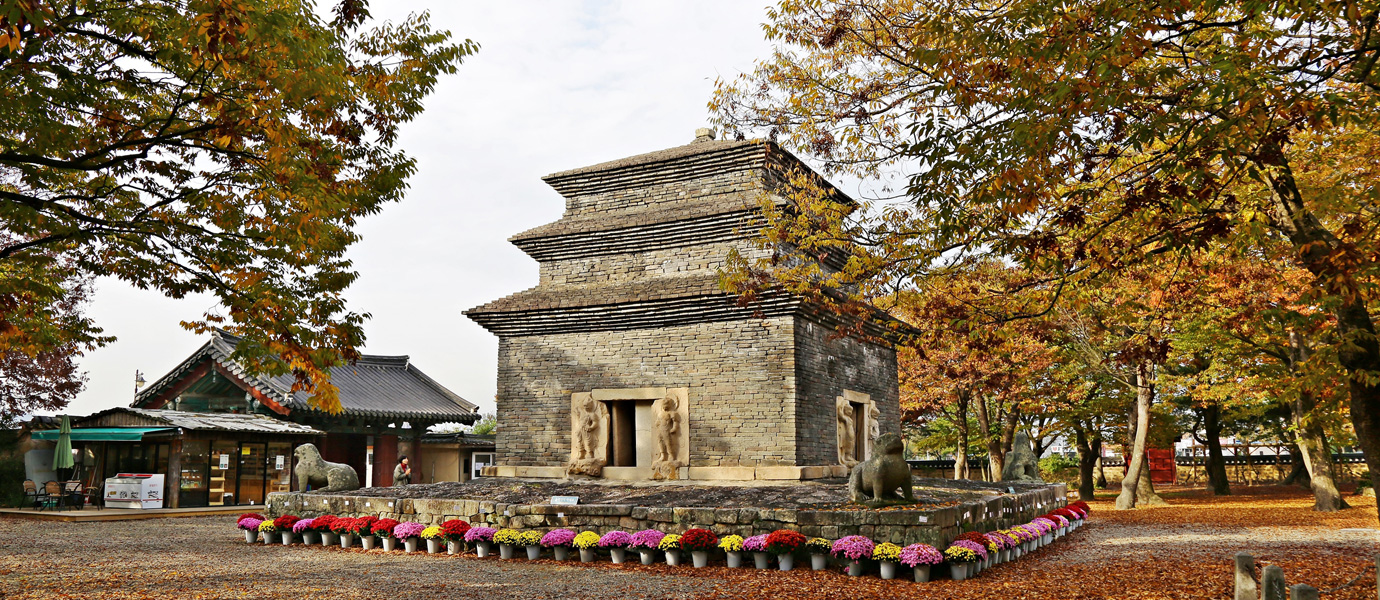
Adjacent to Hwangryongsa Temple is Bunhwangsa Temple, which famous for the unique shape of its Mojeonseoktap Pagoda created in the same style as the Jeontap Pagoda. It is a historical temple where you can find traces of famous Buddhist monks such as Wonhyo and Jajang, and is said to have been built during the reign of Queen Seondeok. Almost nothing remains of the original temple, but the Bunhwangsa Stone Brick Pagoda and the Joseon Dynasty building known as Bogwangjeon still stand. You can also see the famous “Samryongbyeoneojeong Fishery,” which is estimated to have existed since the Silla era.
Going to Bunhwangsa Temple by Bus Number 10
- Stop to get off at : Bunhwangsa Station (Stop ID: 01-158)
- Distance from Stop : 2 min
- Location : 94-11, Bunhwang-ro, Gyeongju
#4Gyeongju East Palace Garden
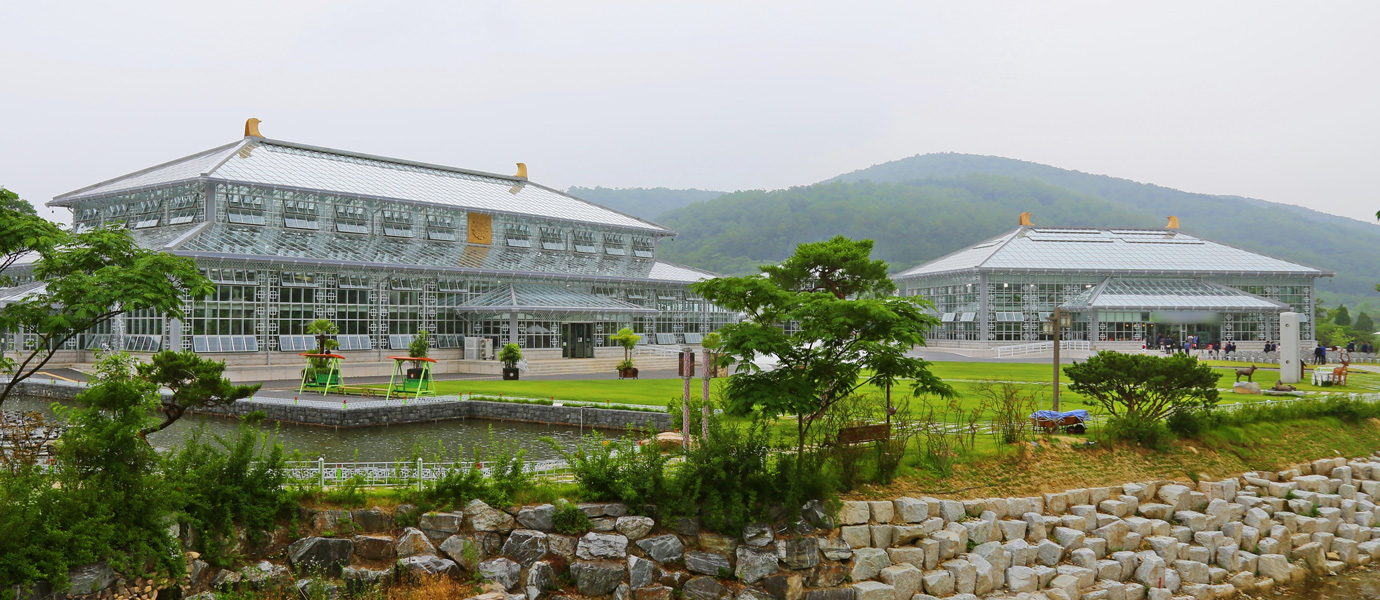
Gyeongju East Palace Garden is located near the mouth of the Bomun Tourist Complex. This tourist facility, created in 2013, offers unique activities all year round. The overall design was inspired by the legend behind Donggung and Wolji. In particular, the Complex features the Donggung Botanical Garden, which has various broad-leaved trees, tropical plants, beautiful flowers, and medicinal plants. The Complex also has a bird park, with more than 250 rare bird species from all over the world. Other facilities include an agricultural research experience facility, outdoor gardens, and music fountains.
Going to Gyeongju East Palace Garden by Bus Number 10
- Stop to get off at : Bukgun-dong Pension Village and Donggungwon Bus Stop (Stop ID: 01-154)
- Distance from Stop : 2 min
- Location : 74-14, Bomun-ro, Gyeongju
#5Bomun Tourist Complex, Gyeongju World
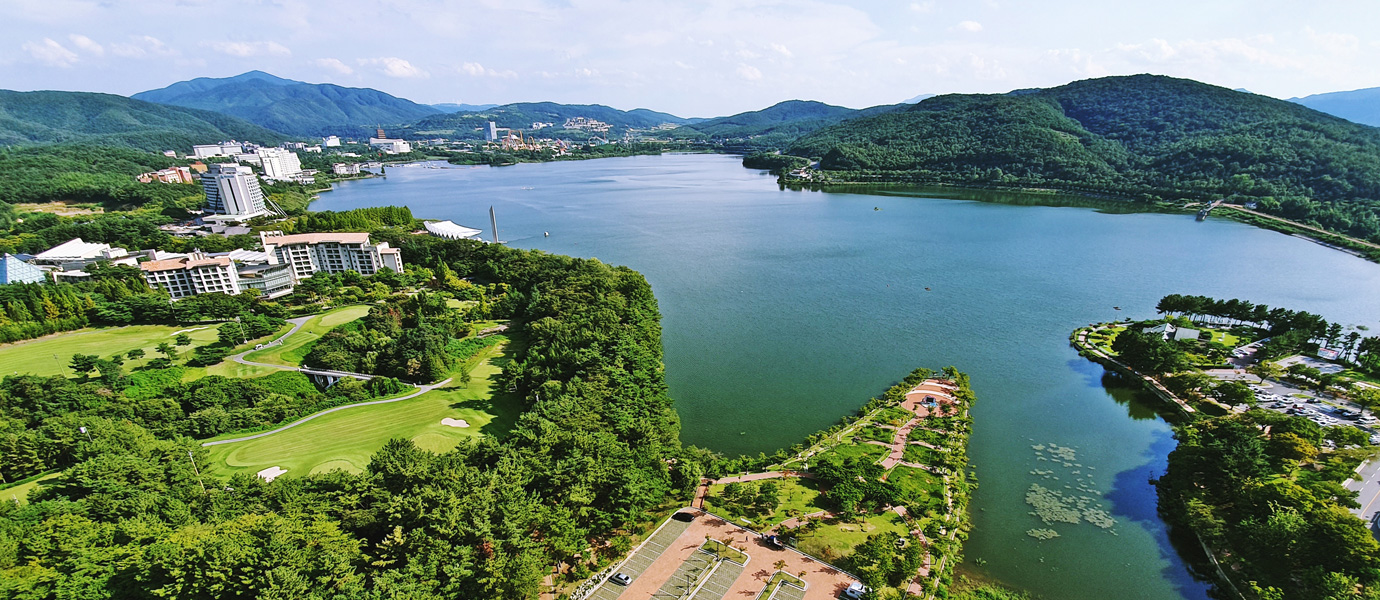
Bus number 10 passes through the Bomun Tourist Complex, which is an all-in-one tourist resort built across 793 hectares stretching from Bukgun-dong, Sinpyeong-dong, and Cheongun-dong. Along the banks of the enormous manmade Bomun Lake, there are many luxury hotels, condominiums, leisure and recreational facilities, and tourist facilities with unique themes. Bomun Tourist Complex is also home to an amusement park, Gyeongju World. The number 10 bus stops at most of these attractions inside the Complex.
Going to Bomun Tourist Complex, Gyeongju World by Bus Number 10
- Stop to get off at
- Bomun Tourist Complex (Watermill, Bomun Lakeside Plaza): Gyeongsangbuk-do Culture & Tourism Corporation stop (stop ID: 01-146)
- Gyeongju World: Gyeongju World, California Beach, Blue One Water Park Stop (Stop ID: 01-035)
- Distance from Stop: 2-3 minutes
- Memo: There is a stop in front of each hotel and condominium
#6Gyeongju World Culture Expo Park
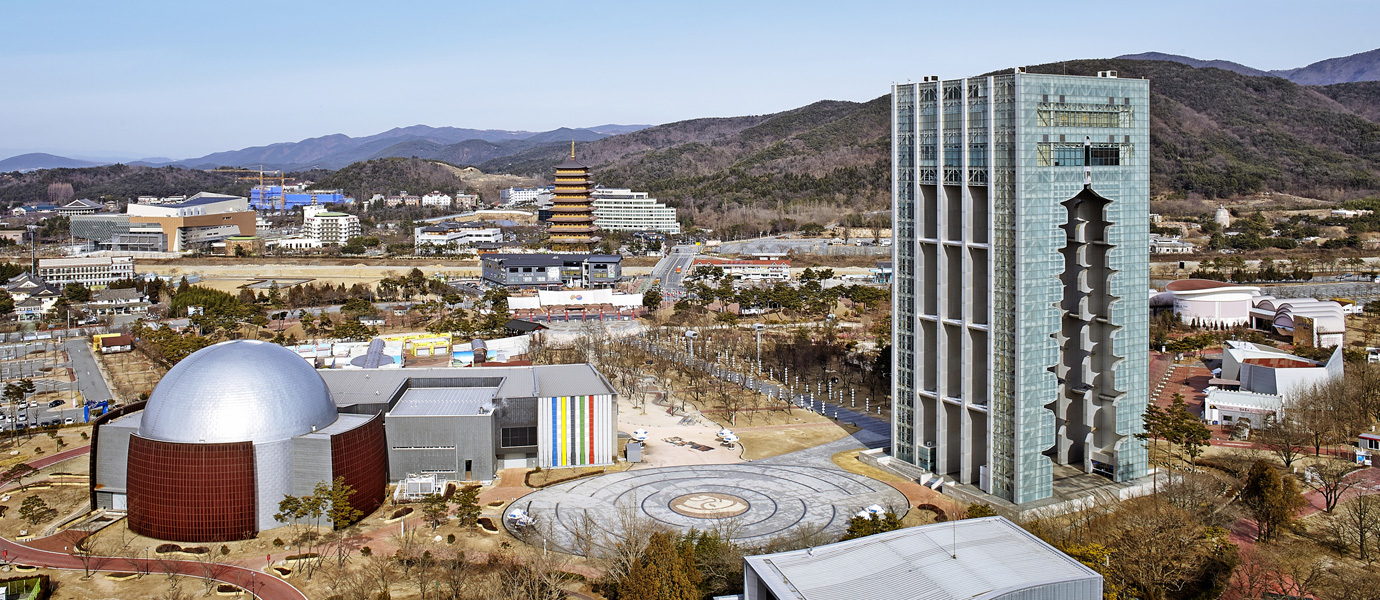
Gyeongju hosts the Gyeongju World Culture Expo every two years to help build harmony around the world through increasing awareness of other cultures. The Expo Park is a cultural venue that includes an engraved nine-story wooden observation pagoda (“Gyeongju Tower”), and features various exhibitions, performances, and experience-based content all in one spot. The beautifully designed gardens and walking trails also make the Expo Park a lovely picnic spot. In addition, the Park has Solgeo Art Museum (the first public art museum in Gyeongju), which might be worth checking out when you get a chance to visit Gyeongju.
Going to Gyeongju World Cultural Expo Park by Bus Number 10
- Stop to get off at : Gyeongju World Culture Expo Park Stop (Stop ID: 01-019)
- Distance from Stop : 2-3 min
- Location : 614, Gyeonggam-ro, Gyeongju
#7Bulguksa Temple
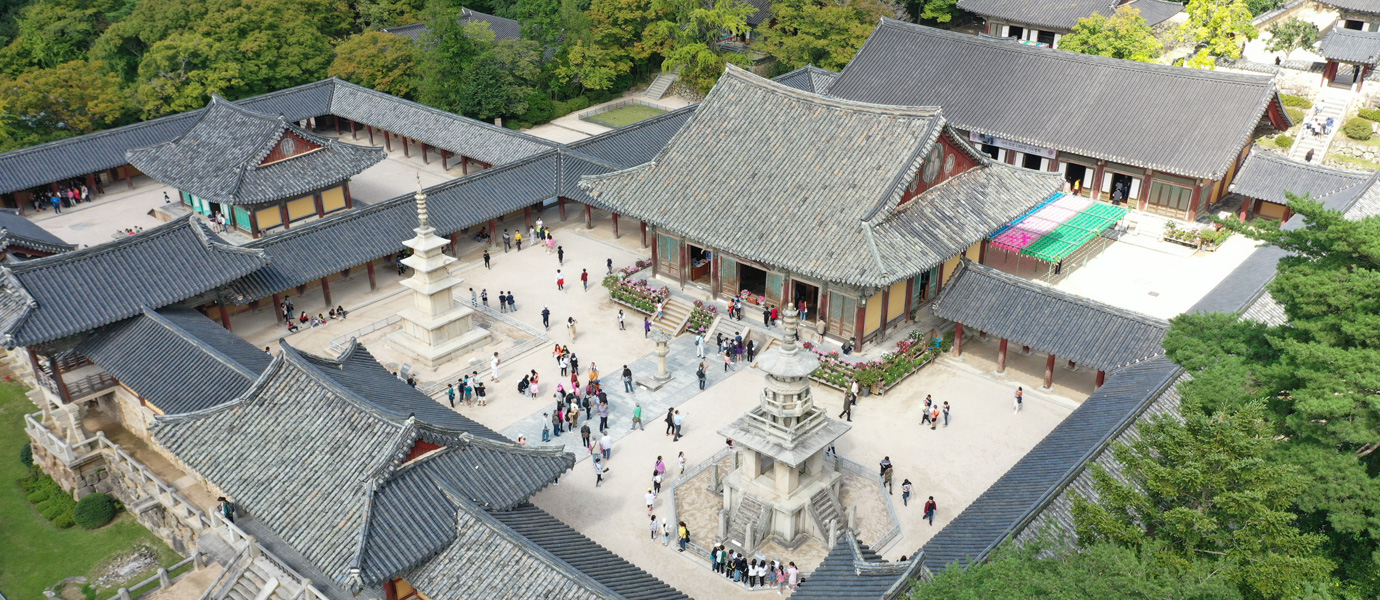
The bus number 10 turns around at Bulguksa Temple. As one of the essential travel destinations, Bulguksa requires no further introduction. It was the first UNESCO World Heritage Site in Korea (enlisted in 1995 along with Jongmyo, Tripitaka Koreana and Seokguram). The Temple contains a collection of Buddhist art, and features architectural techniques dating back to the Silla Dynasty. Within the vicinity of Bulguksa alone, there are seven national treasures and six regional treasures. Explore the Buddhist universe at Bulguksa Temple, and take your time enjoying its precious relics.
Going to Bulguksa Temple by Bus Number 10
- Stop to get off at : Bulguksa stop (Route turnover branch, stop ID: 01-161)
- SDistance from Stop : 3-5 minutes on foot
- SLocation: 385 Bulguk-ro, Gyeongju-si
Tourist Spots that can be reached via Bus Number 10
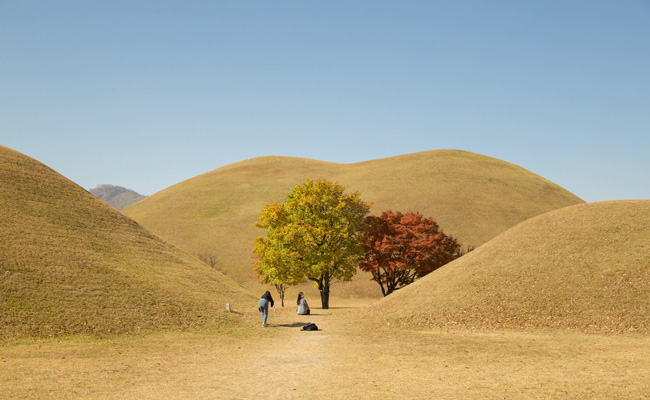
-
Daereungwon
- Location9, Gyelim-ro, Gyeongju-si, Daereungwon Ticket Office (Hwangnam-dong)
- Stop to get off atWolseong-dong Community Center (stop ID: 01-280)
- Distance from Stop5-7 minutes
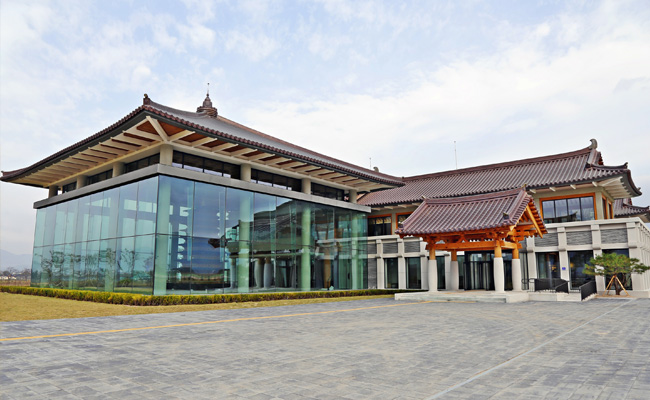
-
Hwangnyongsa Museum
- Location64-19, Limhae-ro, Gyeongju-si (Guhwang-dong)
- Stop to get off atBunhwangsa Bus Stop (Stop ID: 01-158)
- Distance from Stop10-12 minutes
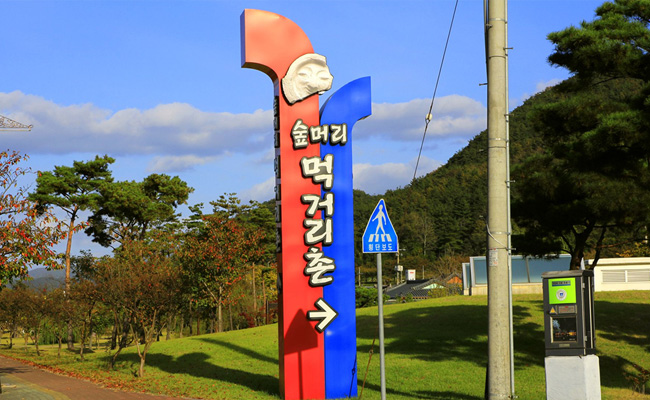
-
Supmeori Eumshikcheon
- LocationBomun-dong, Gyeongju
- Stop to get off atSupmeori Stop (Stop ID: 01-218)
- Distance from Stop2-3 minutes
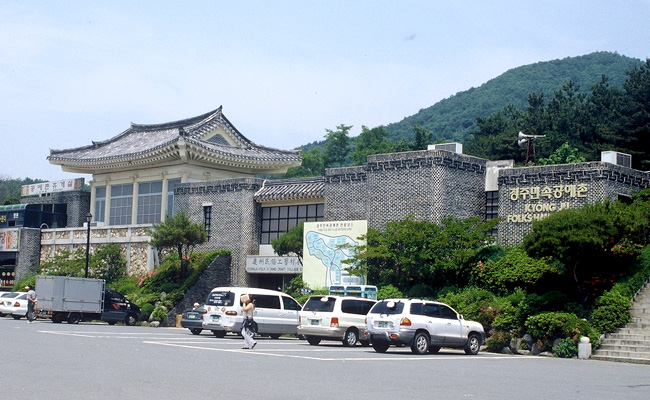
-
Gyeongju Folk Craft Village
- Location230 Bobul-ro, Gyeongju
- Stop to get off atFolk Craft Village, Silla History Science Museum (Stop ID: 01-128)
- Distance from Stop3-5 minutes
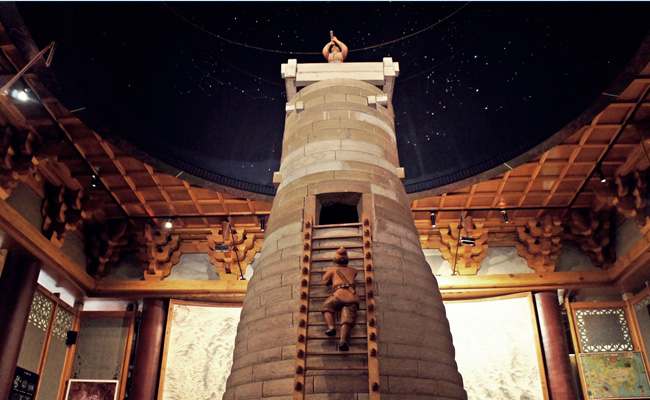
-
Silla Art and Science Museum
- Location22, Hadong Crafting Village Road (Hadong)
- Stop to get off atFolk Craft Village, Silla History Science Museum (Stop ID: 01-128)
- Distance from Stop5 minutes
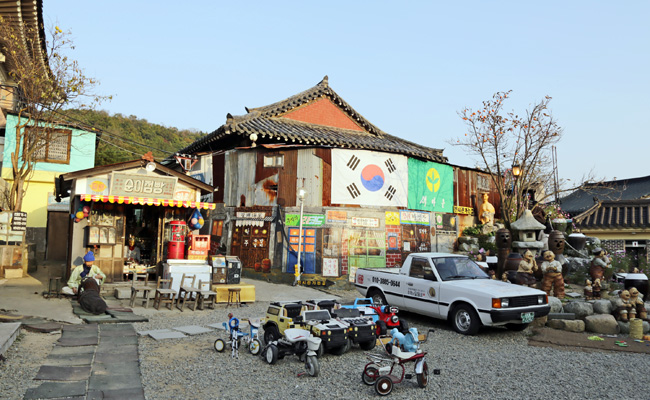
-
Daldongnae of Olden Times
- Location216-8, Bobul-ro, Gyeongju-si
- Stop to get off atFolk Craft Village, Silla History Science Museum (Stop ID: 01-128)
- Distance from Stop3 minutes walk
Gyeongju City Bus Information
Bus Fare
- City Bus: General 1,300 won / Youth 1,000 won / Children 700 won
- Seated Bus: General 1,700 won / Youth 1,300 won / Children 800 won
Operation Information
- 50 won discount when using a transportation card
- Same rate regardless of distance
- Transfers can be made once a day within 30 minutes after getting off (only when using the transportation card)
- Regular bus → 400 won extra charge when transferring to a seated bus
How to find information on Gyeongju City Bus Routes
- Millennium Smile(http://newsmilebus.com/) : You can check the operation information of each route and notice of change on the Gyeongju city bus company website.
- National smart bus (search in Google Play Store): Bus information application that can be used in the region where the BIS system is introduced